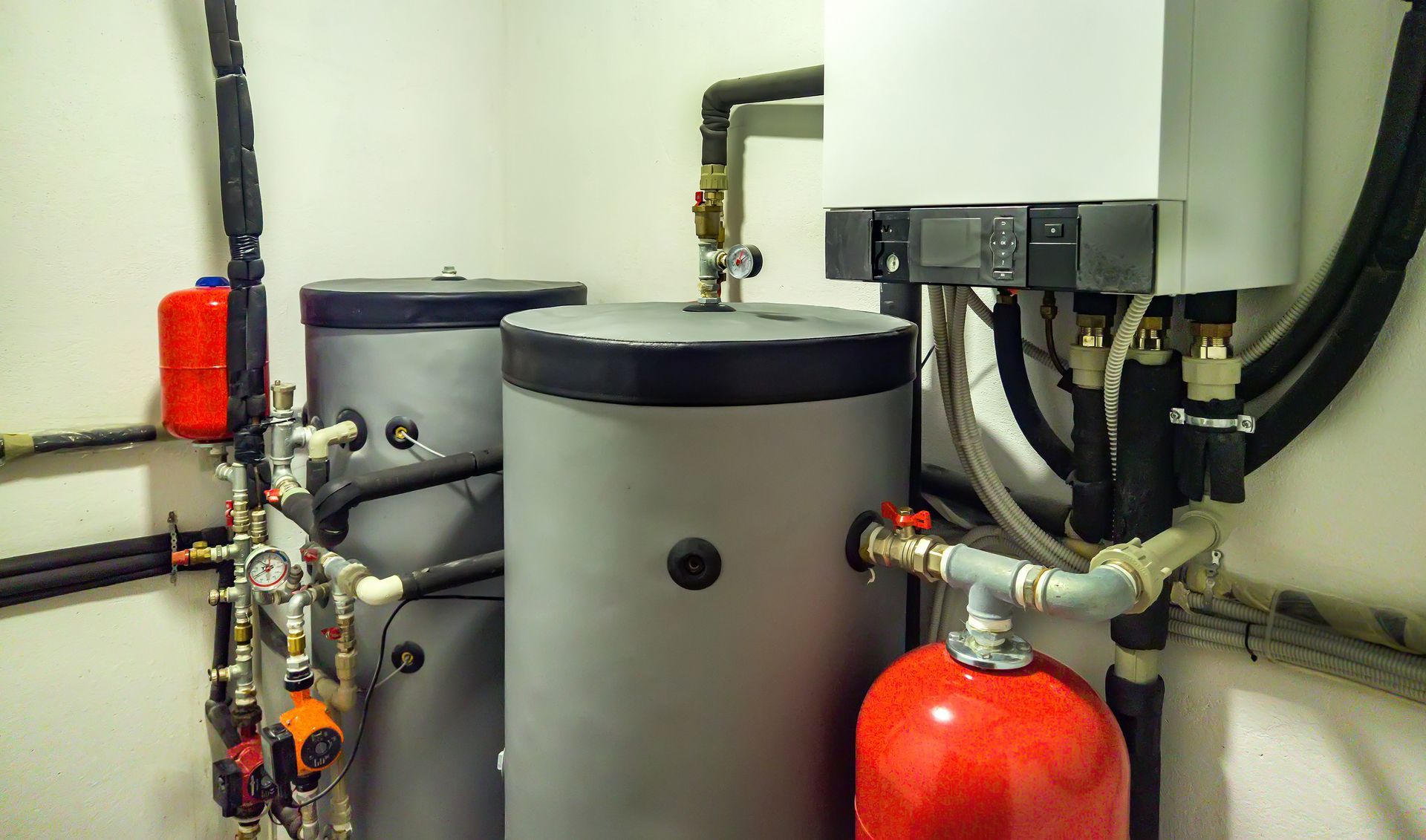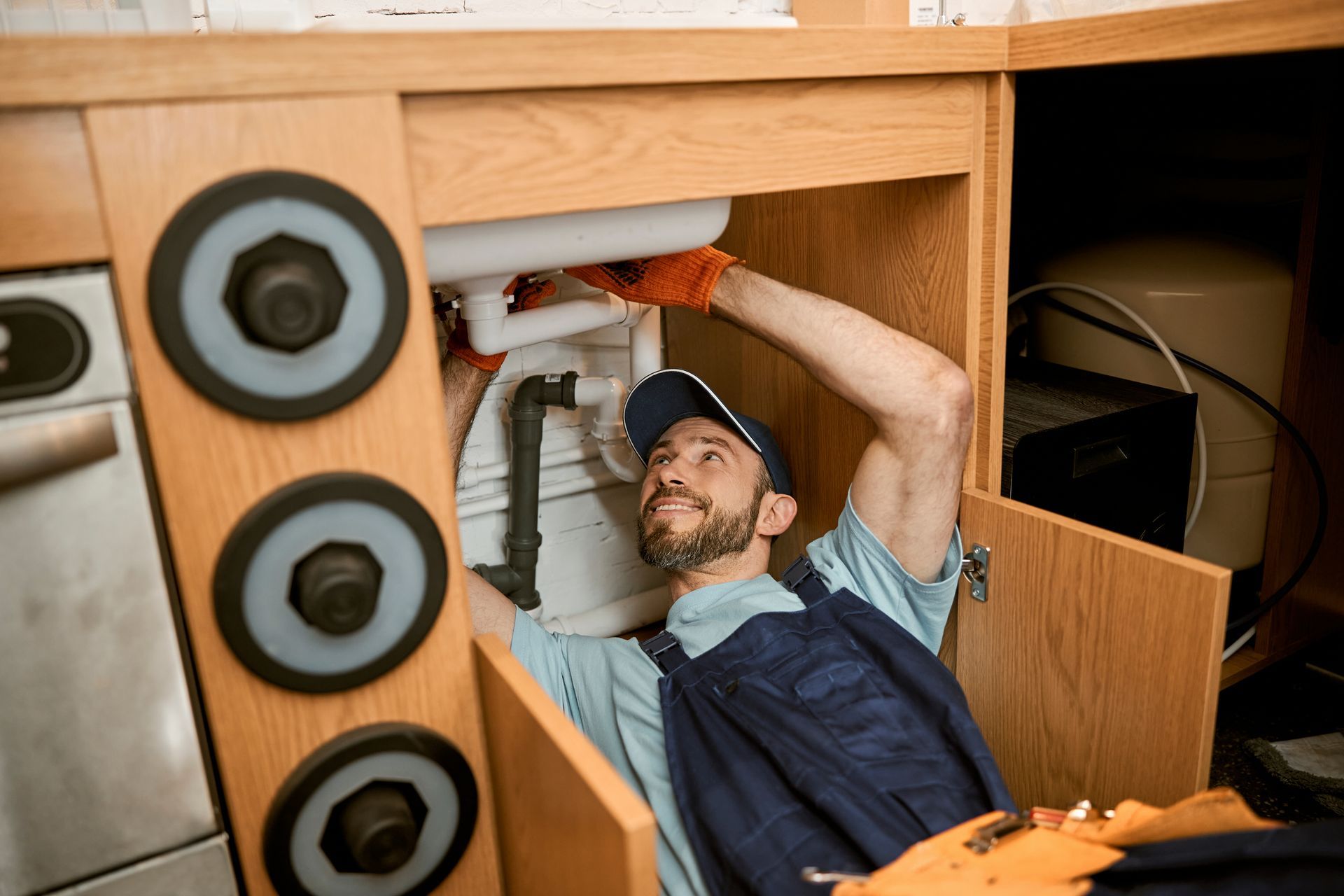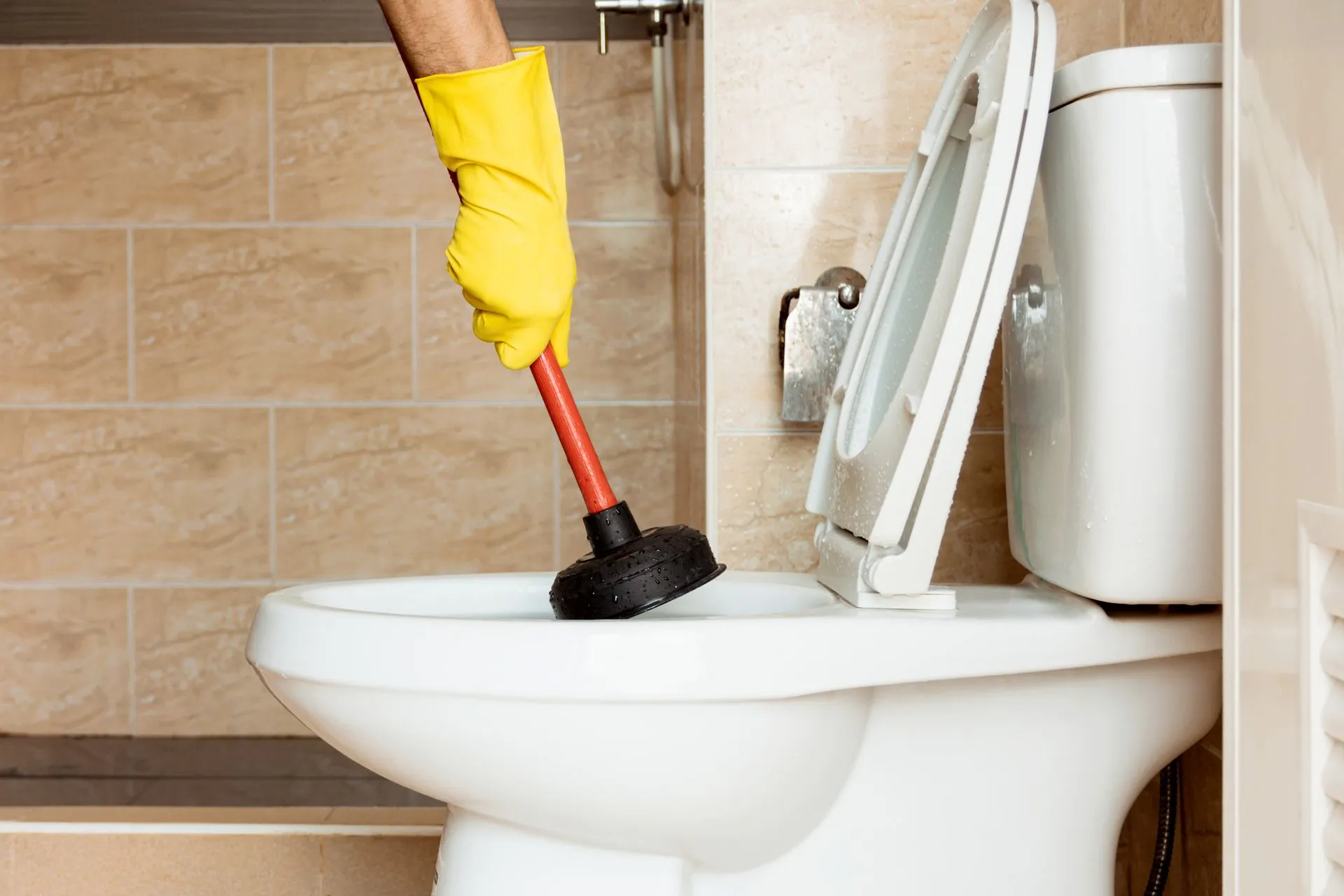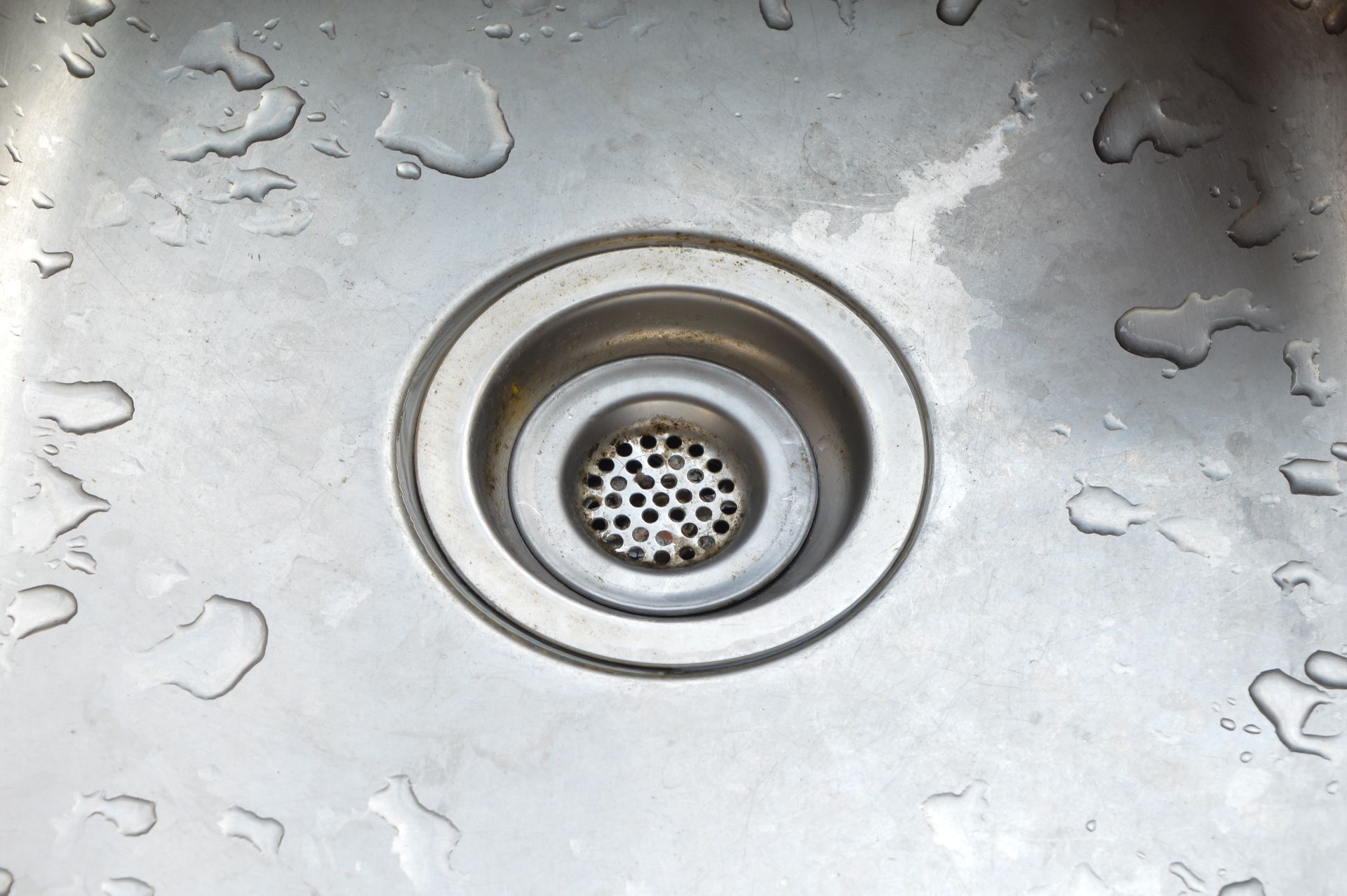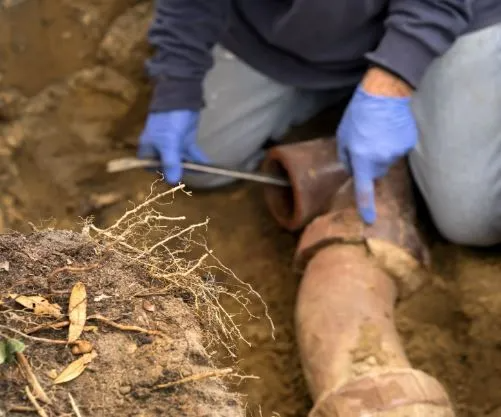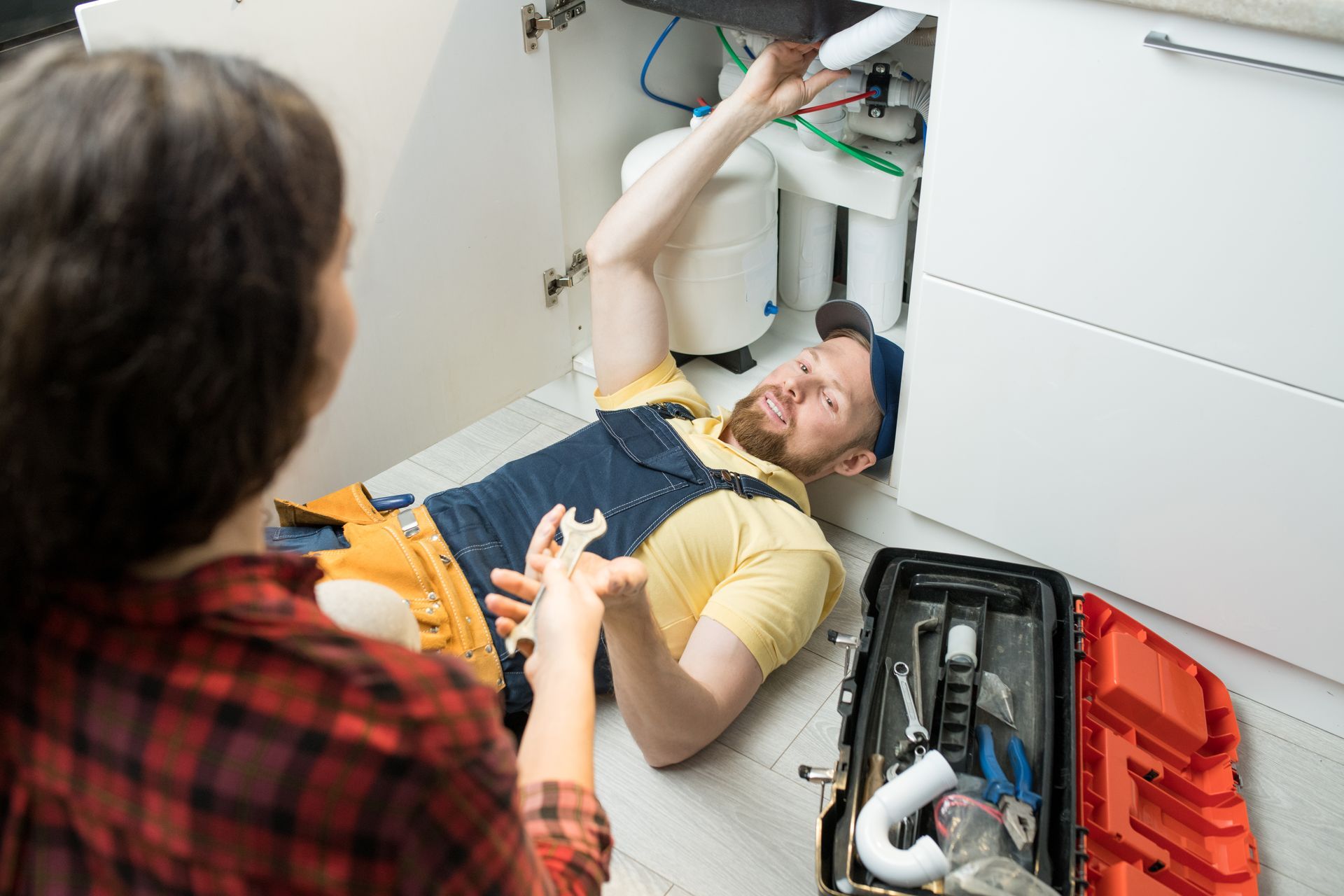Not only is standing water in your yard a nuisance - especially if you have children who enjoy playing in the yard - but this water can also be a breeding ground for mosquitoes or the symptom of a severe plumbing problem.
In addition, if this water tends to pool near your home's foundation, then foundation damage can develop over time as the waterlogged soil exerts more pressure on foundation walls than dry soil does. This pressure can crack foundation walls and, eventually, water can seep through these cracks, leading to basement flooding.
If one or more areas of your yard are frequently saturated with water when the rest of your property is relatively dry, then you may wonder what has caused this pooling water.
Learn about three possible causes of water pooling in a yard and possible solutions.
1. Broken Main Home Water Supply Pipe
Every home has a main water supply pipe that connects the home's plumbing system to the city main waterline. This pipe is underground and often enters the home through a basement wall. If the standing water in your yard is near this pipe, then that is a sign that this water supply pipe may have sprung a leak.
Aside from standing water in your yard, other signs you may have a broken home water supply pipe include a water bill that recently rose dramatically, even though your family has not changed their water usage habits, and sudden low water pressure in your home.
If you suspect you may have a broken main home water supply pipe, contact a plumber who can inspect the pipe and then repair or replace the pipe section(s) that have begun leaking.
2. Clogged or Damaged Driveway Catch Basin or Channel Drainage System
Many homes have yard stormwater drainage systems of one or more catch basin or channel drains that attach to an underground pipe network. These systems direct rainwater away from the yard and into the city's main stormwater drainage system.
If water pools around these drains when and after it rains, then that is a sign that one or more of these drains may be clogged or one of your drainage system pipes may have collapsed or developed a clog.
Many homeowners do not realize that yard catch basins and channel drains need periodic cleaning to remove debris that accumulates in them. Lack of proper cleaning can lead to blockages forming directly below drain grates or this debris traveling through the drainage system pipes and clogging them. The EPA recommends cleaning out basins when solid matter occupies about one-third of basin capacity.
If you suspect your standing water is from a problem with your yard drainage system, then a plumbing expert can clean your drain basins and use a special camera to locate any clogged or collapsed pipes in your underground pipe network. The plumber can then make drainage system repairs to improve the flow of water from your yard into your city's main stormwater drainage system.
3. Improper Lawn Grading
Ideally, all home lawns should be sloped. The highest point of the slope should be near your home's foundation, and the lowest point of the slope should be near the street or a storm sewer. This slight slope helps direct rainwater away from your yard naturally.
However, many yards are not properly sloped, and improper land grading increases the chance of water pooling in the yard after it rains. While a yard can be re-sloped or re-graded, this an expensive, time-intensive endeavor.
A better alternative is to install a yard drainage system. To install this system, a plumber will locate low points of your yard where rainwater tends to pool and install catch basins or channel drains in these locations. The plumber will also install an underground network of pipes that direct water from these drains to the street.
If water frequently pools in your yard, then realize that this standing water can be from a variety of problems. Contact the plumbing experts at Peter Piper's Plumbing & Drain Cleaning Service for home main water supply pipe repairs, yard drain cleaning, or drainage system installation today.
